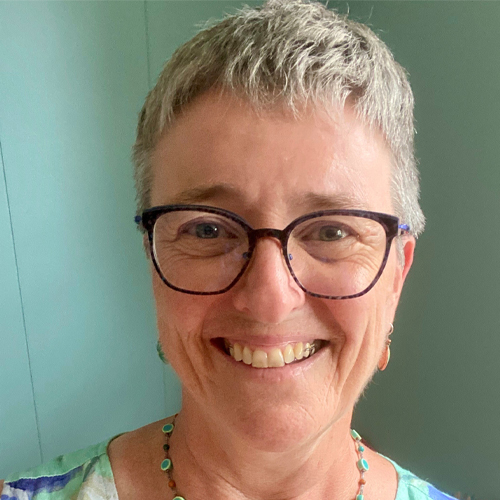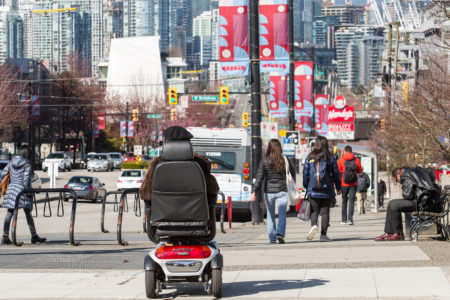
Six hundred and fifty-six dollars. $656.
That’s the amount — per month — that the Ontario government provided in 2015 to social assistance recipients who were single and considered “able-bodied.” Add in the GST credit and the Ontario Trillium Benefit for those living on low-incomes, and the total monthly income amounted to $740, whether you lived in Toronto, Thunder Bay, Ottawa or anywhere else in the province.
Even if a single, able-bodied person on the social assistance program Ontario Works (OW) moved to Windsor, which has the lowest average rents in the province, and rented an “average” bachelor apartment, he or she would still have only $202 left over for the whole month after paying for housing. Two hundred and two dollars per month would have to pay for everything else, including food, transportation, clothing, and all other expenses of life, perhaps even utilities.
In my home community of Kingston, the average bachelor apartment costs 92 percent of the monthly income of a single person who was on OW in 2015. The monthly cost of a basic, nutritious diet, $297, takes another 40 percent. It doesn’t add up.
Single individuals on the Ontario Disability Support Program (ODSP) fare a little bit better, with a total monthly income of $1,193. But disabilities usually come with extra costs. In some communities, the extra income disqualifies people from using their community food banks, even if they are hungry.
It is no wonder that two-thirds of households that rely on social assistance in Ontario are food insecure — in other words, they don’t have enough money to buy the food they need for a healthy life. And food insecurity has a price. Researchers at the University of Toronto have found that health care costs among Ontario households increase dramatically as the severity of food insecurity increases. For those who are most food insecure, health care costs are 121 percent higher than they are for those who are food secure.
In other words, we all pay for poverty. This is no surprise. Research from all over the world, in dozens of countries, shows that those who are the poorest are sicker and die sooner than those who are wealthier, no matter the cause. Either we pay to allow people to meet their basic human needs for shelter and food, or we pay in other ways, through the health care system, the justice system, and the education system. Research also shows that every dollar we invest in reducing poverty will save us at least two dollars in the longer term.
And that is only the economic cost. The cost of poverty in human suffering is incalculable. The harsh reality is that people are sick and dying prematurely because of the terrible poverty they endure on our social assistance programs. If you attend a meeting of people who are trying to live on OW and ODSP, you will see the stress and ill effects of poverty written in their faces and on their bodies. If you ask them about their lives, you will hear stories that would make anyone weep for the indignities they face, and the sacrifices they make, every day.
The Ontario government promises reform. In the latest budget, it announced a basic income pilot project. It has also set up the Income Security Reform Working Group to undertake a comprehensive review of the income security system.
However, while we await the results of the basic income pilot project, which may be many years away, and the report of the Income Security Reform Working Group, social assistance rates remain unconscionably low. People living on Ontario Works and ODSP have waited through the 2009 Ontario Poverty Reduction Act, the 2010 Recommendations for an Ontario Income Security Review, and the 2012 Brighter Prospects report. They are tired of waiting, and they are understandably skeptical that yet another report will lead to change.
The need to increase social assistance rates is urgent. There is no reason to wait. Even if the income security review recommends a massive overhaul of our income security supports, the data are clear that social assistance recipients cannot meet basic human needs. It is time to increase social assistance rates, to improve the health and well-being of the poorest people in the province, and for the common good of all Ontarians.
Photo: Blink to Click / Shutterstock.com
Do you have something to say about the article you just read? Be part of the Policy Options discussion, and send in your own submission. Here is a link on how to do it. | Souhaitez-vous réagir à cet article ? Joignez-vous aux débats d’Options politiques et soumettez-nous votre texte en suivant ces directives.








